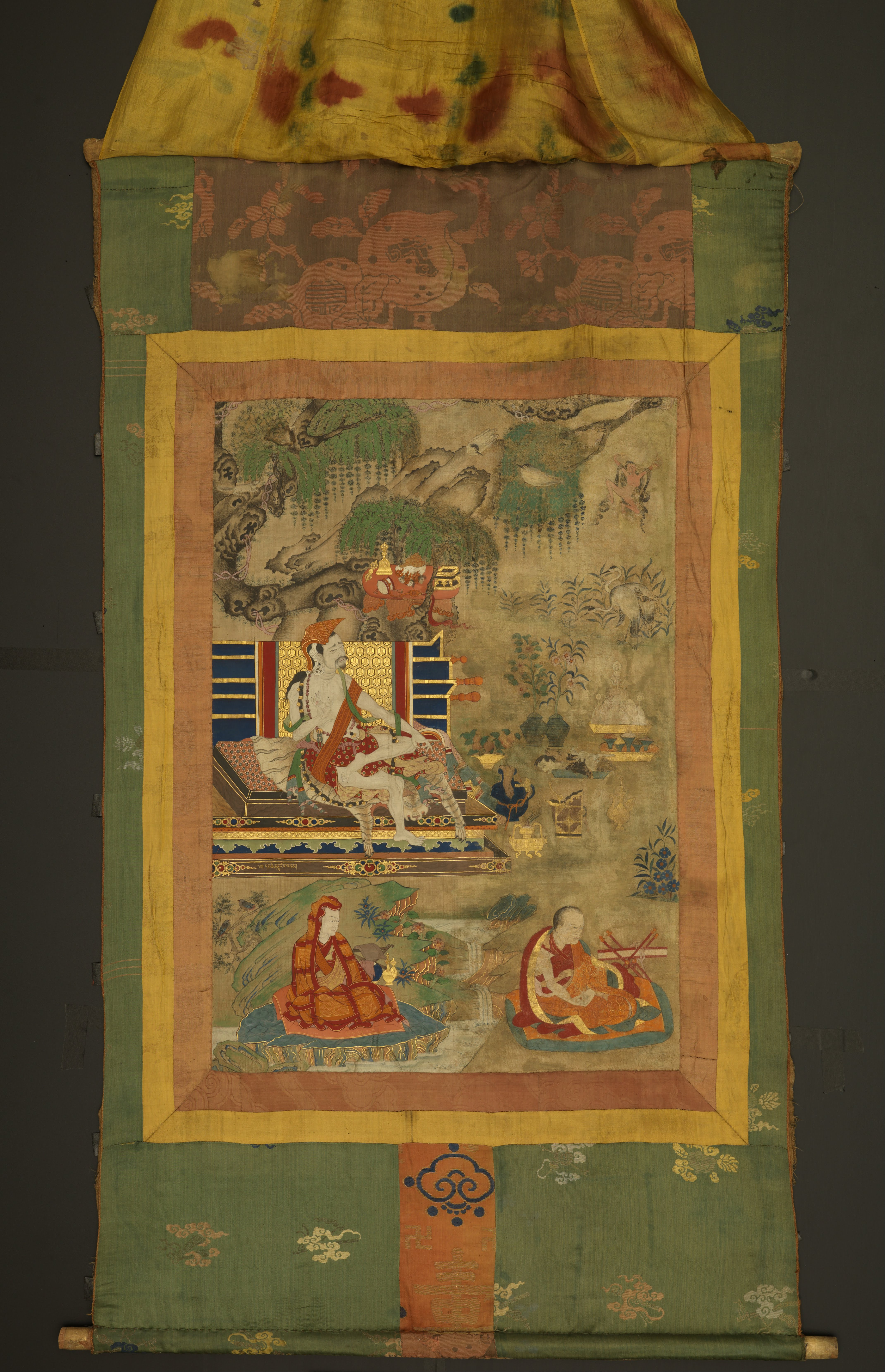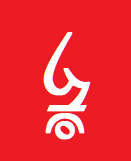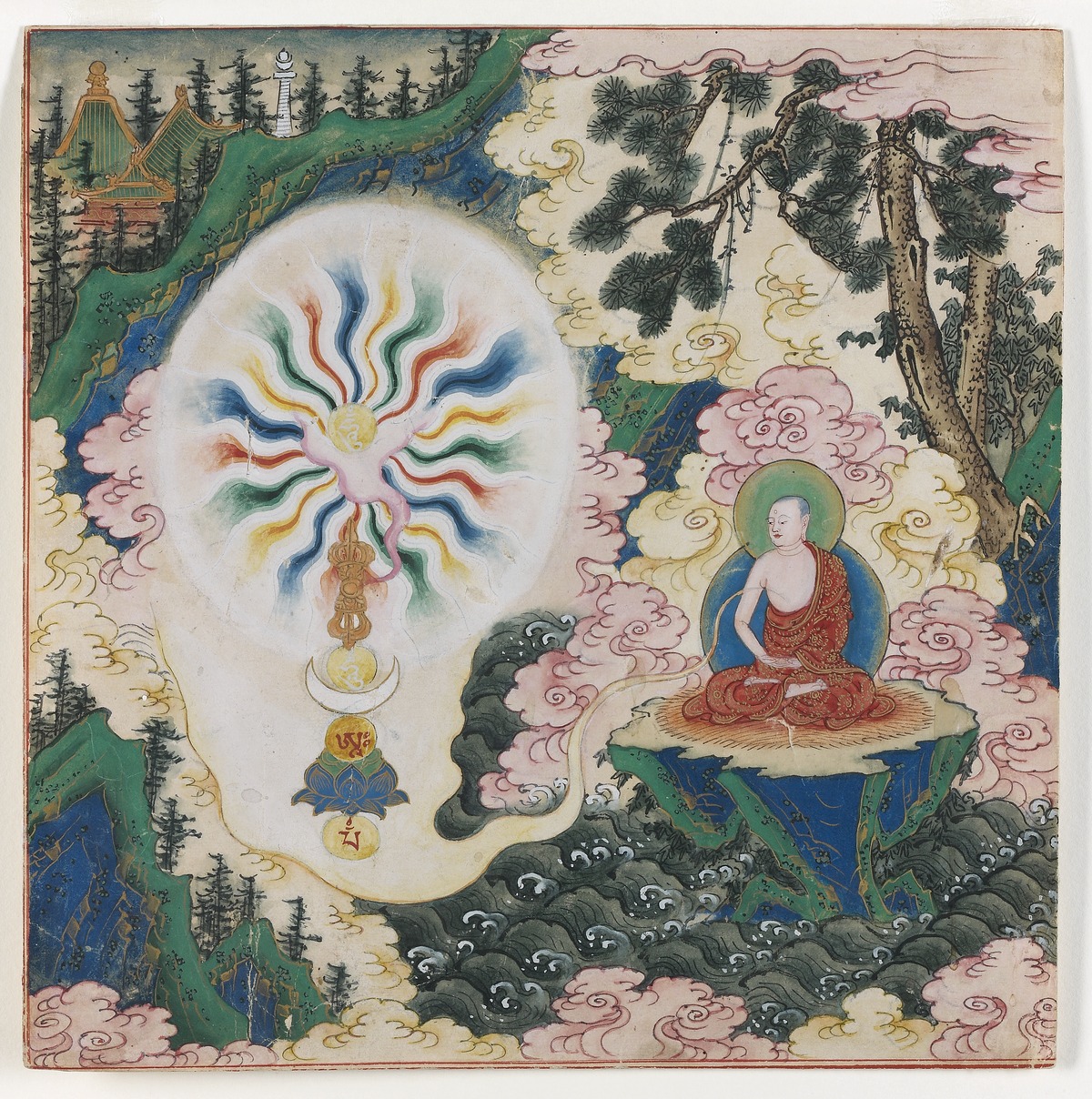|
Illusory Body
Illusory body is term for one of the Six Yogas of Naropa, also called ''luminosity''. In his commentary, Pema Karpo says that the clear light is experienced briefly by all human beings at the very first moment of death, by advanced yogic practitioners in the highest states of meditation, and unceasingly by all Buddhas. ''Luminosity'' or ''clear light'' (; Sanskrit: ''prabhāsvara''), is a central concept in Esoteric Buddhism, Tibetan Buddhism and Bon. It is the innate condition of the mind, associated with buddha-nature, the realisation of which is the goal of meditative practice. It is said to be experienced when the coarse and subtle minds dissolve during deep sleep, during orgasm, and during the death process.Buswell, Robert E.; Lopez, Jr., Donald S. (2013). ''The Princeton dictionary of Buddhism.'' Princeton: Princeton University Press. . Entry on "''prabhāsvara''".Skorupski, Tadeusz. "Consciousness and Luminosity in Indian and Tibetan Buddhism." In ''Buddhist Philosophy and ... [...More Info...] [...Related Items...] OR: [Wikipedia] [Google] [Baidu] |
Six Yogas Of Naropa
The Six Dharmas of Nāropa (, Skt. ''ṣaḍdharma'', "Naro's six doctrines" or "six teachings"), are a set of advanced Tibetan Buddhist tantric practices compiled by the Indian mahasiddhas Tilopa and Nāropa (1016-1100 CE) and passed on to the Tibetan translator-yogi Marpa Lotsawa (c. 1012). Another name for the six Dharmas is "the oral instruction transmission for achieving liberation in the bardo," or "the ''Bardo Trang-dol'' system". Bardo here, refers to the three bardos of waking, sleep and dying. They are also referred to as "the path of means" (''thabs lam'') in Kagyu literature.Kragh (2015), p. 345. They are also sometimes called the ''Six Yogas of Nāropa'' (though not in the traditional literature which never uses the term ''ṣaḍaṅga-yoga'' or ''sbyor-drug''). The six dharmas are a collection of tantric Buddhist completion stage practices drawn from the Buddhist tantras. They are intended to lead to Buddhahood in an accelerated manner. They traditionally req ... [...More Info...] [...Related Items...] OR: [Wikipedia] [Google] [Baidu] |
Buddhahood
In Buddhism, Buddha (; Pali, Sanskrit: 𑀩𑀼𑀤𑁆𑀥, बुद्ध), "awakened one", is a title for those who are awake, and have attained nirvana and Buddhahood through their own efforts and insight, without a teacher to point out the dharma (Sanskrit 𑀥𑀭𑁆𑀫; Pali ''dhamma''; "right way of living"). The title is most commonly used for Gautama Buddha, the founder of Buddhism, who is often simply known as "the Buddha". Buddhahood ( sa, 𑀩𑀼𑀤𑁆𑀥𑀢𑁆𑀯, buddhatva; pi, buddhatta or ; ) is the condition and rank of a buddha "awakened one". This highest spiritual state of being is also termed ''sammā-sambodhi'' (skt. samyaksaṃbodhi 'full complete awakening'). The title is also used for other beings who have achieved ''bodhi'' (awakening) and '' moksha'' (release from craving), such as the other human Buddhas who achieved enlightenment before Gautama, the five celestial Buddhas worshiped primarily in Mahayana, and the bodhisattva na ... [...More Info...] [...Related Items...] OR: [Wikipedia] [Google] [Baidu] |
Body Of Light
The body of light, sometimes called the 'astral body' or the 'subtle body,' is a "quasi material" aspect of the human body, being neither solely physical nor solely spiritual, posited by a number of philosophers, and elaborated on according to various esoteric, occult, and mystical teachings. Other terms used for this body include body of glory, spirit-body, radiant body, luciform body, ''augoeides'' ('radiant'), ''astroeides'' ('starry or sidereal body'), and celestial body. The concept derives from the philosophy of Plato: the word 'astral' means 'of the stars'; thus the astral plane consists of the Seven Heavens of the classical planets. The idea is rooted in common worldwide religious accounts of the afterlife in which the soul's journey or "ascent" is described in such terms as "an ecstatic, mystical or out-of body experience, wherein the spiritual traveller leaves the physical body and travels in their body of light into 'higher' realms." Neoplatonists Porphyry and P ... [...More Info...] [...Related Items...] OR: [Wikipedia] [Google] [Baidu] |
Tsongkhapa
Tsongkhapa ('','' meaning: "the man from Tsongkha" or "the Man from Onion Valley", c. 1357–1419) was an influential Tibetan Buddhist monk, philosopher and tantric yogi, whose activities led to the formation of the Gelug school of Tibetan Buddhism.Tsong khapa (2006), pp. ix-x. He is also known by his ordained name Losang Drakpa (, Skt. Sumatikīrti) or simply as "Je Rinpoche" (, "Precious Lord"). He is also known by Chinese as Zongkapa Lobsang Zhaba or just Zōngkàbā (宗喀巴). Tsongkhapa was born in Amdo, the son of a Tibetan Longben Tribal leader who also once served as an official of the Yuan Dynasty. As a monk, he studied under numerous teachers of the various Tibetan Buddhist traditions which flourished in central Tibet, including Sakya, Jonang, Kagyu and Kadam. Tsongkhapa was a prolific author with a broad knowledge of Buddhist philosophy, logic, hermeneutics and practice. He wrote numerous works on madhyamaka philosophy (such as ''Ocean of Reasoning,'' a comment ... [...More Info...] [...Related Items...] OR: [Wikipedia] [Google] [Baidu] |
Radiance Yoga
Luminous mind ( Skt: or , Pali: ; Tib: ; Ch: ; Jpn: ; Kor: ) is a Buddhist term which appears only rarely in the Pali Canon, but is common in the Mahayana sūtras and central to the Buddhist tantras. It is variously translated as "brightly shining mind", or "mind of clear light" while the related term ''luminosity'' (Skt. ; Tib. ; Ch. ; Jpn. ; Kor. ) is also translated as "clear light" or "luminosity" in Tibetan Buddhist contexts or, "purity" in East Asian contexts. The Theravada school identifies the "luminous mind" with the '' bhavanga'', a concept first proposed in the Theravāda Abhidhamma. The later schools of the Mahayana identify it with ''bodhicitta'' and '' tathagatagarbha''. The luminosity of mind is of central importance in the philosophy and practice of the Buddhist tantras, Mahamudra, and Dzogchen. Early Buddhist texts In the Early Buddhist Texts there are various mentions of luminosity or radiance which refer to the development of the mind in meditatio ... [...More Info...] [...Related Items...] OR: [Wikipedia] [Google] [Baidu] |
Inner Heat
In Tibetan Buddhism, ''tummo'' (; sa, चण्डाली, caṇḍālī) is the fierce goddess of heat and passion. Tummo is found in the Mahasiddha Krishnacarya and the ''Hevajra Tantra'' texts. Tummo is also a tantric practice for inner heat, developed around the concept of the female deity. It is found in the Six Dharmas of Naropa, Lamdre, Kalachakra. and Anuyoga teachings of Vajrayana. The purpose of tummo is to gain control over body processes during the completion stage of 'highest yoga tantra' ( Anuttarayoga Tantra) or Anuyoga. Etymology ''Tummo'' (''gTum mo'' in Wylie transliteration, also spelled ''tumo'', or ''tum-mo''; Sanskrit ' or ''chandali'') is a Tibetan word, literally meaning 'fierce oman. ''Tummo'' is also the Tibetan word for 'inner fire.' ''Tummo'' may also be rendered in English approximating its phonemic pronunciation as ''dumo''. Practice Inner heat (''gtum mo'', skt. ''chandali,'' literally meaning "fierce, hot or savage woman") practice is ... [...More Info...] [...Related Items...] OR: [Wikipedia] [Google] [Baidu] |
Generation Stage
The fundamental practice of Vajrayana and Tibetan tantra is deity yoga (''devatayoga''), meditation on a chosen deity or "cherished divinity" (Skt. ''Iṣṭa-devatā,'' Tib. ''yidam''), which involves the recitation of mantras, prayers and visualization of the deity, the associated mandala of the deity's Buddha field, along with consorts and attendant Buddhas and bodhisattvas. According to the Tibetan scholar Tsongkhapa, deity yoga is what separates Tantra from Sutra practice. In the Unsurpassed Yoga Tantras, the most widespread tantric form in Indo-Tibetan Buddhism, this method is divided into two stages, the generation stage (''utpatti-krama'') and the completion stage (''nispanna-krama''). In the generation stage, one dissolves one's reality into emptiness and meditates on the deity-mandala, resulting in identification with this divine reality. In the completion stage, the divine image along with the subtle body is applied to the realization of luminous emptiness. The Ind ... [...More Info...] [...Related Items...] OR: [Wikipedia] [Google] [Baidu] |
Maya (religion)
''Maya'' (; Devanagari: , IAST: ), literally "illusion" or "magic", has multiple meanings in Indian philosophies depending on the context. In later Vedic texts, connotes a "magic show, an illusion where things appear to be present but are not what they seem"; the principle which shows "attributeless Absolute" as having "attributes". also connotes that which "is constantly changing and thus is spiritually unreal" (in opposition to an unchanging Absolute, or Brahman), and therefore "conceals the true character of spiritual reality".Lynn Foulston and Stuart Abbott (2009), ''Hindu Goddesses: Beliefs and Practices'', Sussex Academic Press, , pp. 14-16. In the Advaita Vedanta school of Hindu philosophy, , "appearance", is "the powerful force that creates the cosmic illusion that the phenomenal world is real." In this nondualist school, at the individual level appears as the lack of knowledge () of the real Self, '' Atman-Brahman'', mistakingly identifying with the body-mind comp ... [...More Info...] [...Related Items...] OR: [Wikipedia] [Google] [Baidu] |
Lucid Dream
A lucid dream is a type of dream in which the dreamer becomes aware that they are dreaming while dreaming. During a lucid dream, the dreamer may gain some amount of control over the dream characters, narrative, or environment; however, this is not actually necessary for a dream to be described as lucid. Lucid dreaming has been studied and reported for many years. Prominent figures from ancient to modern times have been fascinated by lucid dreams and have sought ways to better understand their causes and purpose. Many different theories have emerged as a result of scientific research on the subject and have even been shown in pop culture. Further developments in psychological research have pointed to ways in which this form of dreaming may be utilized as a form of sleep therapy. Etymology The term ''lucid dream'' was coined by Dutch author and psychiatrist Frederik van Eeden in his 1913 article ''A Study of Dreams'', though descriptions of dreamers being aware that they are ... [...More Info...] [...Related Items...] OR: [Wikipedia] [Google] [Baidu] |
Pema Karpo
Kunkhyen Pema Karpo () (1527–1592 CE) was the fourth Gyalwang Drukpa, head of the Drukpa lineage of Tibetan Buddhism. He was the most famous and learned of all the Gyalwang Drukpas. During his lifetime, he was known as the grand lama amongst all grand lamas, and was a teacher to many lamas and disciples all over Tibet. Pema Karpo authored twenty-four volumes writing on philosophy, logic, literature, history, and astrology which have since formed a widely studied corpus of work. He is also quite famous for his writings on Mahamudra. He founded Druk Sangag Choeling monastery at Jar in southern Tibet, establishing it as the new seat of the Drukpa lineage. This omniscient master was the first Gyalwang Drukpa to concoct the famous enlightenment pill known as Ja-Tsukma, utilizing esoteric ingredients offered by the dakinis. Before he died, Pema Karpo promised that he would have two incarnations to propagate the spiritual teachings. In accordance with this prophecy, two incarnat ... [...More Info...] [...Related Items...] OR: [Wikipedia] [Google] [Baidu] |
Dream Yoga
Dream yoga or ''milam'' (; sa, स्वप्नदर्शन, ''svapnadarśana'')—the Yoga of the Dream State—is a suite of advanced tantric sadhana of the entwined Mantrayana lineages of Dzogchen (Nyingmapa, Ngagpa, Mahasiddha, Kagyu and Bönpo). Dream yoga consists of tantric processes and techniques within the trance Bardos of Dream and Sleep ( bo, script=latn, mi-lam bardo) Six Dharmas of Naropa. In the tradition of the tantra, the dream yoga method is usually passed on by a qualified teacher to his/her students after necessary initiation. Various Tibetan lamas are unanimous that it is more of a passing of an enlightened experience rather than any textual information. The 'dream body' and the 'bardo body' have been identified with the 'vision body' (Tibetan: ''yid lus''): In the yoga of dreaming (''rmi lam, *svapna''), the yogi learns to remain aware during the states of dreaming (i.e. to lucid dream) and uses this skill to practice yoga in the dream. Bon N ... [...More Info...] [...Related Items...] OR: [Wikipedia] [Google] [Baidu] |

.jpeg/1200px-Gandhara_Buddha_(tnm).jpeg)
.jpg)



